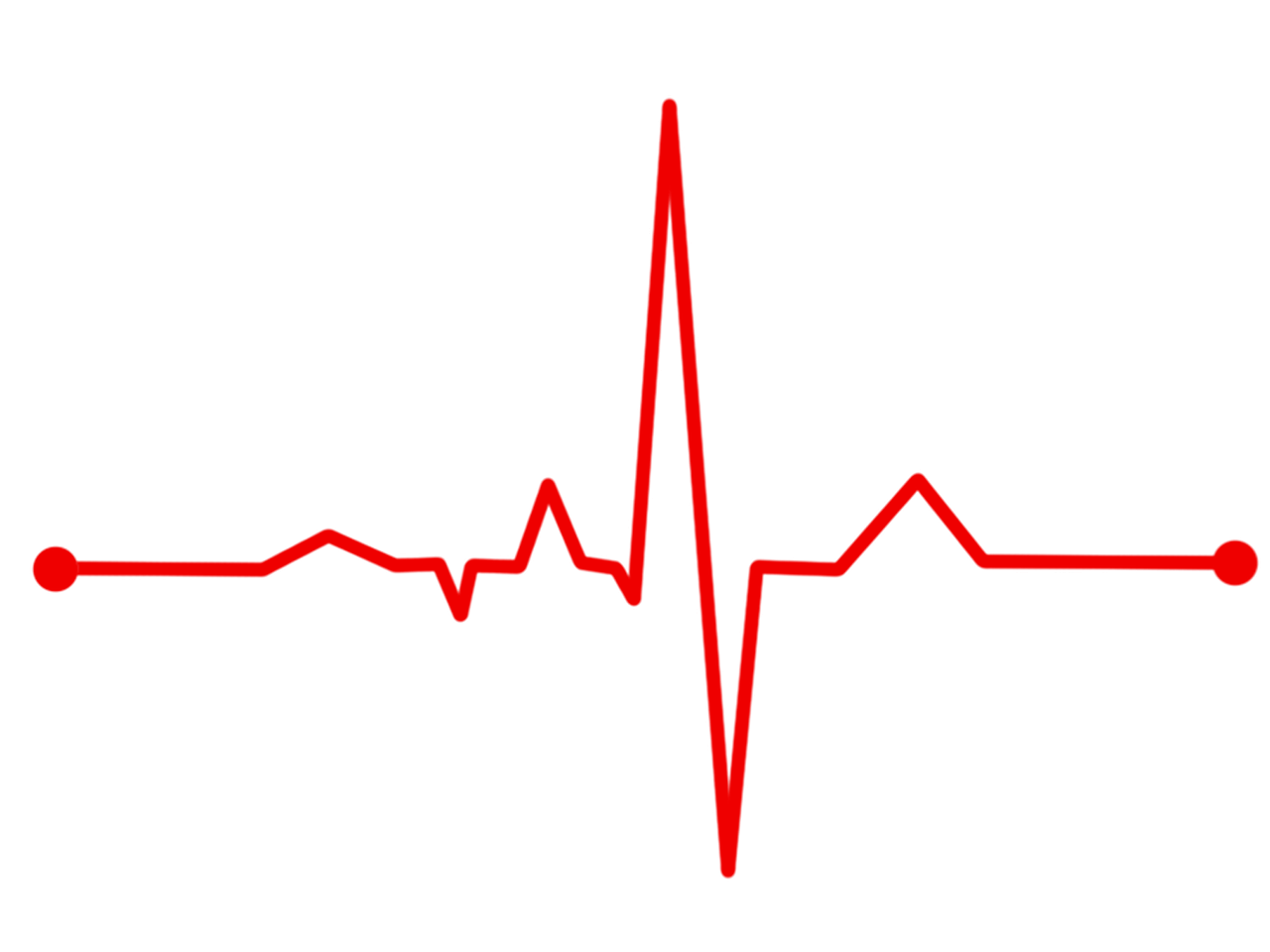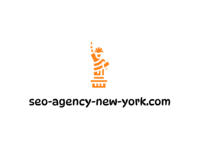
|
IN BRIEF
|
In today’s competitive digital landscape, conversion rate optimization (CRO) has become essential for businesses seeking to improve their online performance. At its core, CRO is the process of enhancing the user experience on a website to increase the percentage of visitors who carry out desired actions, like making a purchase or signing up for a newsletter. By focusing on both macro conversions and micro conversions, businesses can strategically analyze user behavior and identify key areas for improvement. Implementing effective CRO strategies ensures that every visitor interaction is maximized, ultimately driving better results and achieving greater business success.

Understanding Conversion Rate Optimization
Conversion Rate Optimization (CRO) is a crucial process aimed at increasing the percentage of website visitors who achieve a desired action, such as making a purchase, signing up for a newsletter, or filling out a contact form. At its core, CRO is about enhancing the user experience to facilitate these conversions. The journey towards effective optimization begins by understanding both macro and micro conversions. For instance, while a macro conversion might be defined as a sale, a micro conversion could involve a user downloading a guide or subscribing to an email list.
To improve conversions, it’s essential to analyze user behavior using tools such as heatmaps and session recordings. These instruments provide insights into how visitors interact with the website, highlighting areas where they may struggle or lose interest. Making informed adjustments based on this data can significantly uplift conversion rates. For example, simplifying the checkout process on an e-commerce site or providing clear calls-to-action can make a notable difference in user engagement and completion of desired actions. Ultimately, successful CRO hinges on continuous testing, such as A/B testing, which compares variations of web pages to determine which version performs better. This data-driven approach ensures that businesses can tailor their strategies precisely to what resonates most with their audience.

Understanding Conversion Rate Optimization (CRO)
Conversion Rate Optimization (CRO) is a crucial process that businesses must implement to enhance their websites. By focusing on improving the percentage of visitors who complete the desired actions—such as making a purchase, filling out forms, or subscribing to newsletters—CRO aims to boost revenue without increasing traffic. For instance, an eCommerce site may typically experience a conversion rate ranging from 2% to 5%, but this can vary significantly based on industry and audience specifics.
Effective optimization starts with a comprehensive understanding of user behavior. Utilizing tools like heatmaps and session recordings can provide valuable insights into where visitors engage most and identify potential drop-off points. With A/B testing, businesses can compare different page versions to determine which elements drive higher conversions. Furthermore, business owners should recognize that a good conversion rate is contextual; an average range may not apply uniformly across all sectors. For example, certain sectors like travel may have distinct benchmarks compared to retail.
To elevate CRO efforts, a strategic approach is essential. This includes defining clear conversion goals, identifying key performance indicators (KPIs), and utilizing historical data for continual improvement. Additionally, focusing on user experience might involve enhancing landing pages, optimizing for bounce rate, and implementing solid digital marketing strategies. Ultimately, CRO is about applying scientific methods to the art of digital engagement, making it integral for any business aiming to thrive online.
Understanding Conversion Rate Optimization
A Practical Guide for Businesses
In today’s digital landscape, Conversion Rate Optimization (CRO) is essential for maximizing the potential of your online presence. The concept revolves around enhancing the user experience to encourage visitors to complete desired actions, such as making a purchase or signing up for a newsletter. By implementing effective strategies, businesses can significantly improve their conversion rates.
For example, consider a company that analyzes user behavior through analytical tools like heatmaps and session recordings. This data reveals where users may lose interest or encounter difficulties. Armed with this insight, the company can make informed adjustments to their website, potentially leading to higher conversion rates. To understand how conversions work, it’s also crucial to differentiate between macro and micro conversions, as each serves a distinct purpose in the consumer journey.
- Implement A/B testing to compare variations of a webpage and identify which elements drive conversions more effectively.
- Utilize user feedback tools to collect insights on visitor satisfaction and pain points.
- Define clear conversion goals and track key performance indicators (KPIs) to measure success.
- Engage in content gap analysis to identify opportunities for creating valuable content that meets user needs.
Continuous testing and optimization are crucial in this process. Businesses should regularly review their results and iterate on their strategies to align with evolving consumer behavior and preferences. For more in-depth information on bounce rate optimization and improving overall website performance, consider checking this guide.

Understanding Conversion Rate Optimization
Conversion Rate Optimization (CRO) refers to the systematic process of enhancing your website’s effectiveness in converting visitors into customers. This involves improving various aspects of the user experience to increase the chances that visitors engage with desired actions, such as making a purchase or signing up for a newsletter.
The initial step in a successful CRO strategy is to clearly define what constitutes a conversion on your website, which could range from micro conversions (like downloading a resource) to macro conversions (like completing a sale). Recognizing these goals is crucial for developing effective optimization tactics.
To truly excel at conversion optimization, businesses must also delve into user behavior. Tools like heatmaps and session recordings can provide invaluable insights into how visitors interact with your site, helping to identify pain points and areas where users are likely to drop off.
Another critical aspect of enhancing the conversion rate is the application of A/B testing. By comparing two versions of a web page, companies can analyze which design or content variation leads to higher conversion rates. This iterative process fosters continuous improvement based on real user data.
It’s worth noting that conversion rates can vary widely across industries. For instance, eCommerce platforms typically aim for a conversion rate between 2% and 5%, while other sectors might have different benchmarks. Understanding these variances is key to assessing the effectiveness of your CRO efforts.
Implementing a successful CRO strategy involves a methodical approach that begins with identifying clear goals and measuring progress through defined key performance indicators (KPIs). Regular research on user expectations and behaviors will further assist in tailoring the website experience to meet visitor needs effectively.

Conversion Rate Optimization, or CRO, is a vital aspect of enhancing your website’s performance. It involves strategically improving the way your site interacts with visitors to increase the percentage who take desired actions, such as making purchases or signing up for newsletters. By focusing on user experience and understanding user behavior, businesses can tailor their content and design to address points of frustration, thereby reducing drop-offs during the conversion process.
The first step to effective CRO is identifying both macro and micro conversions. This means understanding what actions signify success for your business and ensuring you have the analytic tools to monitor these behaviors. Methods such as A/B testing allow businesses to experiment with different versions of web pages to discover which variations resonate best with their audience, driving higher conversion rates.
Ultimately, the goal of conversion rate optimization is not just to elevate numbers but to foster a deeper connection with users, creating a seamless and engaging online journey. As businesses continue to navigate an ever-evolving digital landscape, prioritizing CRO will remain essential for staying competitive and achieving sustained growth.
